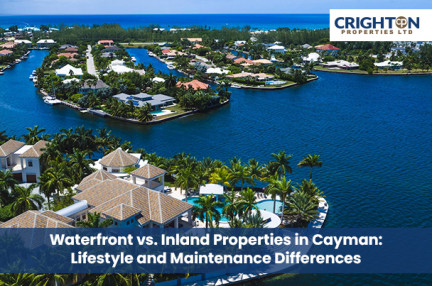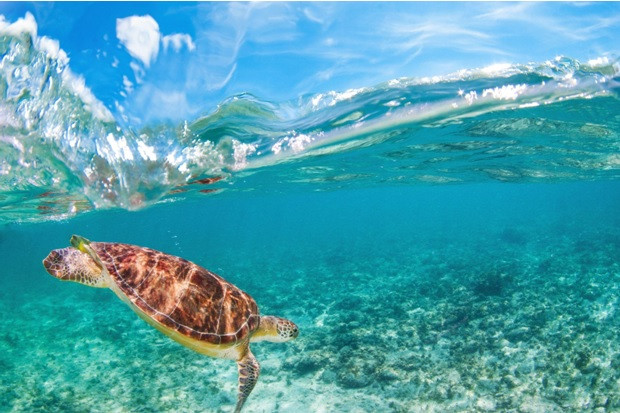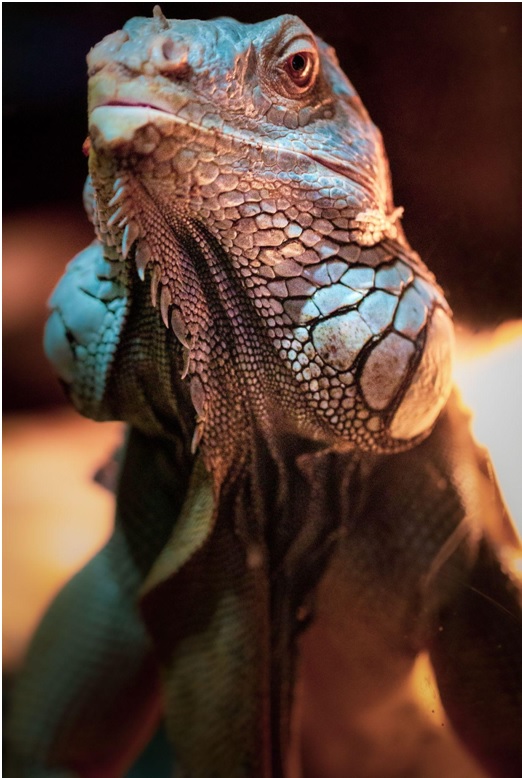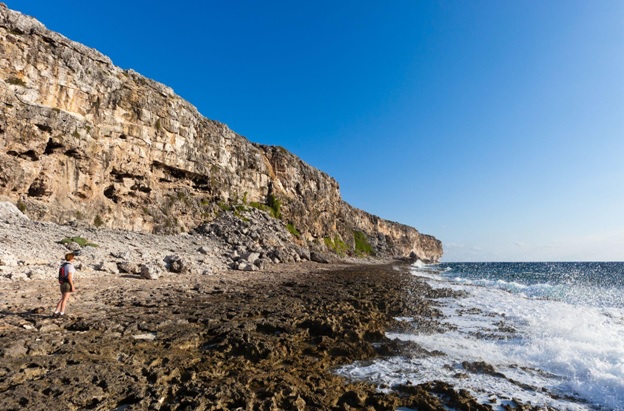
Waterfront vs. Inland Properties in Cayman: Lifestyle and Maintenance Differences
Discover the key differences between waterfront and inland properties in the Cayman Islands. Compare lifestyle, maintenance needs, costs, and investment considerations to choose the right home.





